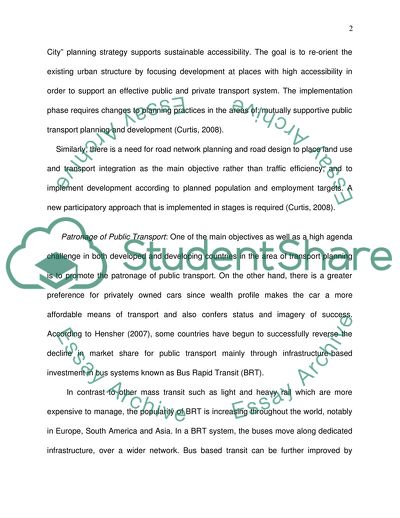Cite this document
(Impact of Transport and Land Use Patterns on Urban Form Coursework Example | Topics and Well Written Essays - 1750 words, n.d.)
Impact of Transport and Land Use Patterns on Urban Form Coursework Example | Topics and Well Written Essays - 1750 words. https://studentshare.org/engineering-and-construction/1721714-essay-on-transport-issues
Impact of Transport and Land Use Patterns on Urban Form Coursework Example | Topics and Well Written Essays - 1750 words. https://studentshare.org/engineering-and-construction/1721714-essay-on-transport-issues
(Impact of Transport and Land Use Patterns on Urban Form Coursework Example | Topics and Well Written Essays - 1750 Words)
Impact of Transport and Land Use Patterns on Urban Form Coursework Example | Topics and Well Written Essays - 1750 Words. https://studentshare.org/engineering-and-construction/1721714-essay-on-transport-issues.
Impact of Transport and Land Use Patterns on Urban Form Coursework Example | Topics and Well Written Essays - 1750 Words. https://studentshare.org/engineering-and-construction/1721714-essay-on-transport-issues.
“Impact of Transport and Land Use Patterns on Urban Form Coursework Example | Topics and Well Written Essays - 1750 Words”. https://studentshare.org/engineering-and-construction/1721714-essay-on-transport-issues.


